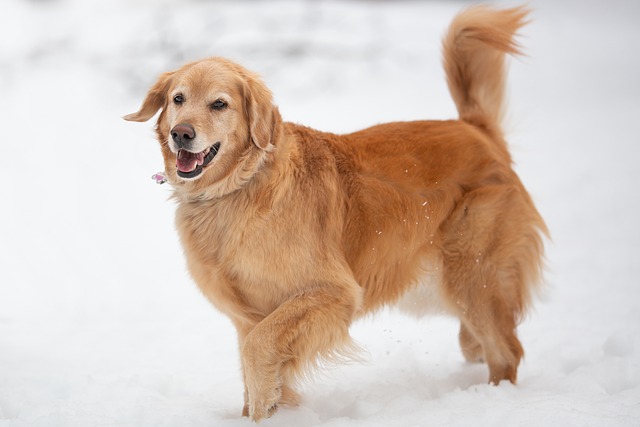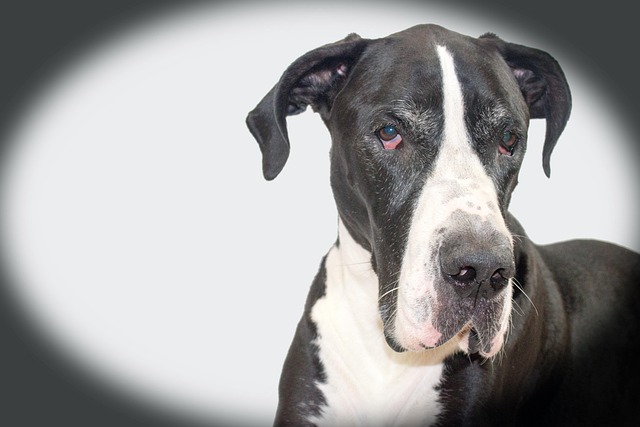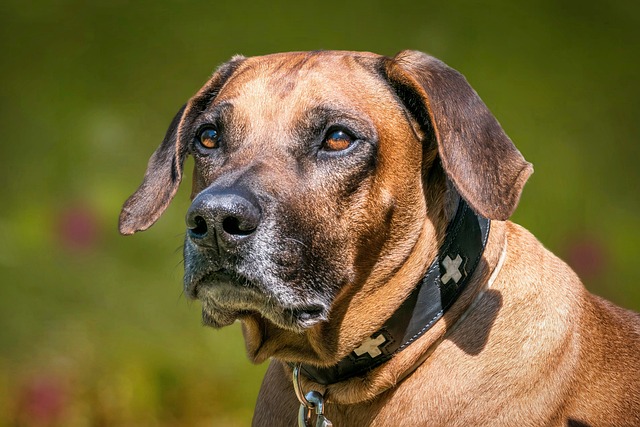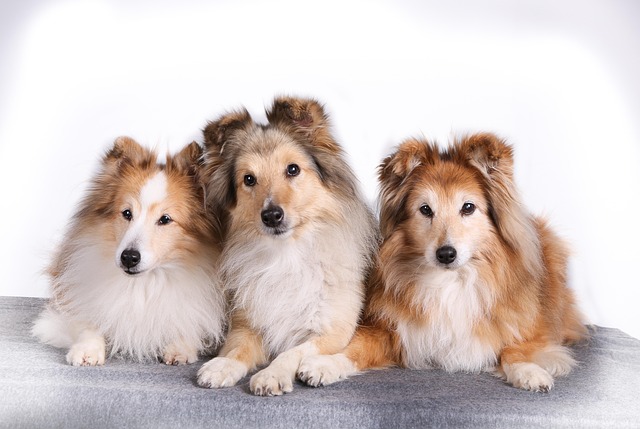Watching your dog cower behind the couch at the sound of a doorbell, or freeze up when a stranger visits, can make you wonder: Will they ever feel brave enough to relax? If you’re a new U.S. dog owner—especially with a rescue pup or one with unknown past trauma—this fear might feel unbreakable. But the answer is a resounding yes: Fearful dogs can be trained to feel safer. The catch? It’s not about “fixing” their fear—it’s about building trust through gentle, consistent positive reinforcement, not force.
Fear in dogs is an instinctive survival response, not “stubbornness.” When a dog feels threatened (by loud noises, strangers, other dogs, or even new objects), their brain triggers a “fight-or-flight” reaction—cowering, hiding, or even growling is their way of saying “I’m scared, please back off.” Punishing this behavior (yelling, dragging them toward the trigger, or scolding) only confirms their fear: they learn that the scary thing + your anger = double danger. Instead, positive reinforcement works by rewiring their brain to associate “scary” things with good outcomes (treats, praise, calm comfort). My friend’s rescue Chihuahua, Lila, used to panic at the sight of men in hats—after weeks of giving her tiny cheese treats from a distance when a hat-wearing neighbor walked by, she now wags her tail instead of hiding. Animal behaviorists call this “desensitization + counterconditioning”: slowly exposing them to fear triggers at a level they can handle, paired with something they love.
To train a fearful dog, start by identifying their triggers (note what makes them freeze, hide, or tremble—e.g., vacuum cleaners, car rides, or large dogs). Next, create a “safe space” in your home—an apartment corner with their bed, toys, and a blanket—where they can retreat when scared (never force them out of this space; it’s their security zone). Then, use gradual exposure: If they fear the vacuum, turn it on for 2 seconds from another room while giving them a high-value treat (like cooked chicken), then turn it off. Repeat this, slowly moving the vacuum closer over days or weeks—only progress when they stay calm. Never push them past their comfort zone; rushing leads to more fear, not less. Reward small wins (looking at the vacuum without cowering, staying near you during a quiet knock) with excitement and treats—this builds their confidence over time.

For apartment living, keep training low-key to avoid overwhelming them: Practice with quiet triggers first (like a rustling bag) before tackling louder ones (elevator dings). When taking them outside, confirm their rabies vaccine is up to date (required in all U.S. states) and carry extra poop bags—cities like Denver fine owners $200 for leaving messes, and calm, responsible walks help your dog feel secure. In communal spaces (like building lobbies), give them space from other dogs or strangers—if they seem scared, gently guide them away instead of making them “say hi.” Never let well-meaning friends or neighbors pet them without permission; ask guests to ignore your dog at first (no eye contact, no touching) until your pup approaches them.
Training a fearful dog takes time—weeks, even months—but every small step (a relaxed sigh, a curious sniff instead of a flinch) is progress. The goal isn’t to make them “fearless”—it’s to help them trust that you will keep them safe. With kindness and consistency, your scared pup will learn to breathe easier.






